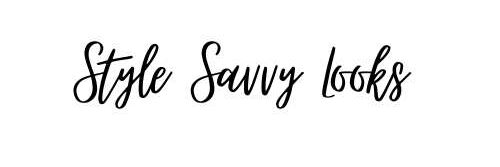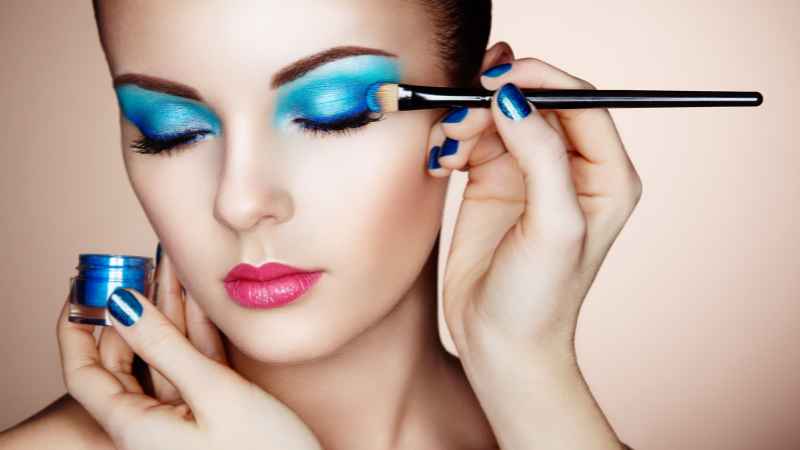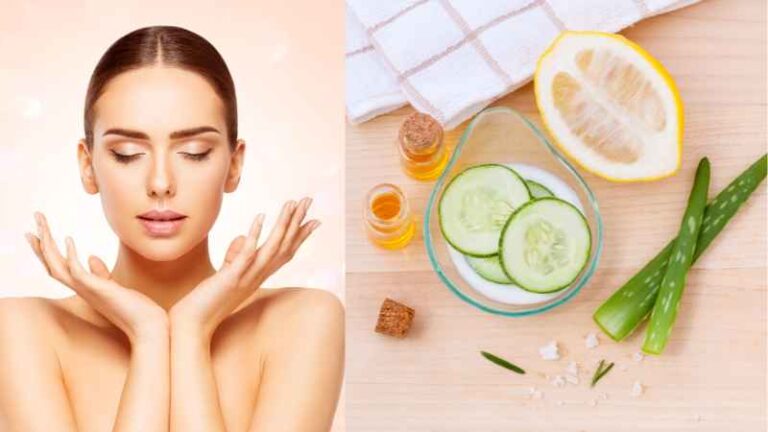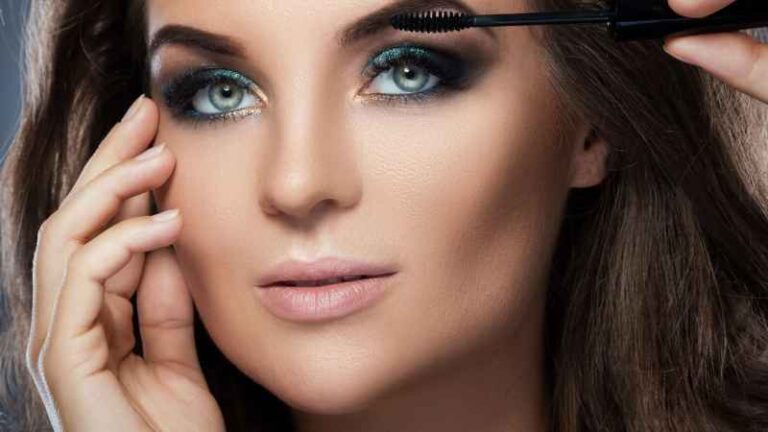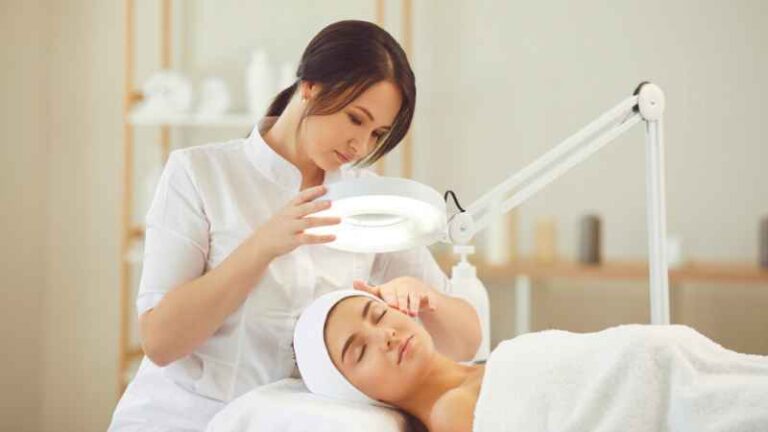Hair care is an essential aspect of our overall grooming and well-being. Our hair is not just a crowning glory but also an indicator of our health and hygiene. Neglecting hair care can lead to a range of issues, from dryness and breakage to more severe problems like hair loss and scalp conditions. Therefore, understanding the significance of proper hair care is crucial.
Good hair care practices can have a profound impact on your overall appearance. Well-maintained and healthy hair can enhance your confidence and self-esteem. It can also influence how others perceive you. When your hair looks its best, you exude a sense of vitality and self-assurance that can leave a lasting impression.
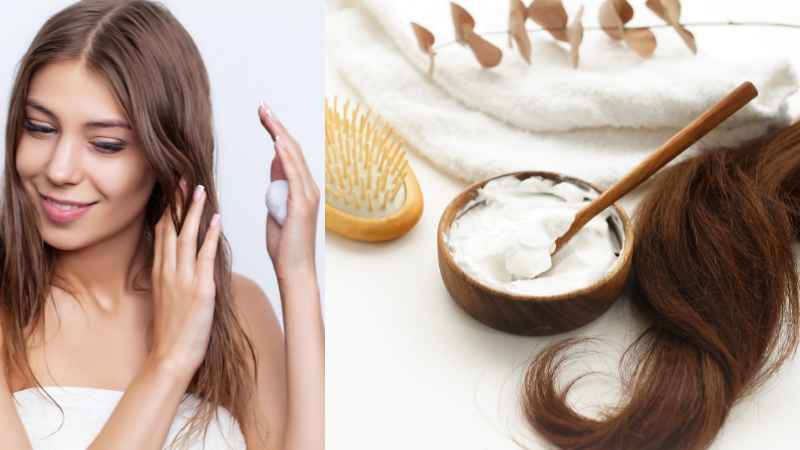
The Basics of Hair Care: Daily Routines for Healthy Hair
Shampooing and conditioning
- Shampooing and conditioning are fundamental steps in any hair care routine. Regularly cleansing your hair and scalp removes dirt, excess oil, and product buildup. Using the right shampoo and conditioner for your hair type is crucial to maintaining the proper moisture balance and keeping your hair looking its best.
Brushing and detangling
- Brushing your hair not only helps distribute natural oils from your scalp to the ends but also prevents tangling and breakage. However, it’s essential to use the right brush and be gentle when detangling to avoid damage.
Protection from Environmental Factors
- Environmental factors like UV rays, pollution, and harsh weather can harm your hair. Shield your hair from these elements by wearing protective styles, using UV-protectant products, and covering your head when necessary.
Scalp Care: The Importance of a Healthy Scalp
- A healthy scalp is the foundation for healthy hair. It provides the nutrients and support your hair needs to grow strong and vibrant. Neglecting your scalp can lead to issues such as dandruff, itching, and even hair loss. Therefore, maintaining a healthy scalp is vital for overall hair health.
Tips for Maintaining a Clean Scalp
- Use a gentle, sulfate-free shampoo to avoid drying out your scalp.
- Massage your scalp while shampooing to promote blood circulation and remove dead skin cells.
- Avoid excessive use of styling products that can clog hair follicles.
- Consider using a clarifying shampoo periodically to remove buildup.
- Maintain a balanced diet and stay hydrated to support a healthy scalp.
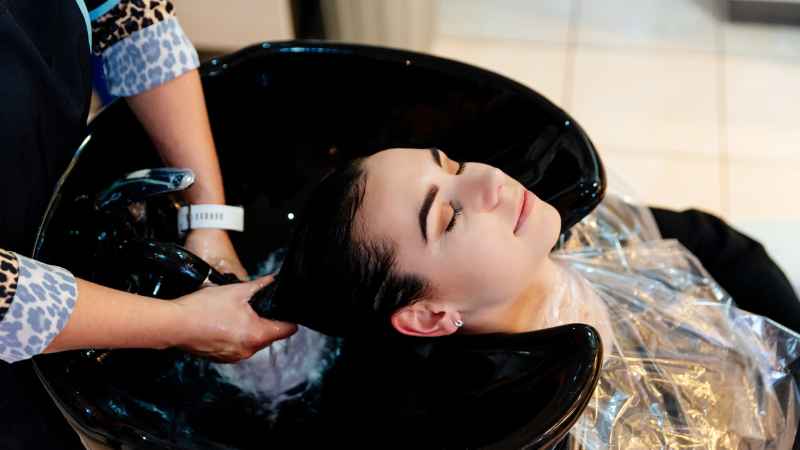
Hair Care Secrets
Choosing the Right Products: Understanding Your Hair Type
- One of the best-kept secrets to achieving healthy and beautiful hair is understanding your hair type. Not all hair is the same, and different types require different care. Hair types can be broadly categorized into straight, wavy, curly, and coily, and each has its own unique characteristics and needs. Determine your hair type and tailor your hair care routine accordingly.
Selecting Appropriate Shampoos and Conditioners
- Once you know your hair type, selecting the right shampoos and conditioners becomes easier. Look for products designed specifically for your hair type, as they are formulated to address your hair’s unique needs. For example, if you have curly hair, opt for hydrating and frizz-control shampoos and conditioners. If your hair is fine and straight, choose lightweight, volumizing products.
Avoiding Common Mistakes: Overwashing or Underwashing
- Washing your hair too frequently or not often enough can be detrimental. Overwashing can strip your hair of its natural oils, leading to dryness and damage. On the other hand, underwashing can result in a buildup of oils and product residue. Find the right balance by considering your hair type and lifestyle. Typically, washing every 2-3 days is a good starting point, but adjust as needed.
Using excessive heat
- Heat styling tools like flat irons, curling irons, and hairdryers can be a double-edged sword. While they help create various hairstyles, excessive heat can cause significant damage. To maintain healthy hair, limit the use of heat styling tools, use a heat protectant spray, and opt for lower heat settings when possible.
Tight hairstyles and hair accessories
- Wearing hairstyles that pull your hair tightly or using hair accessories like tight elastic bands can lead to breakage and damage over time. Choose hairstyles that are gentle on your hair and scalp, and use hair accessories that don’t pull or stress your strands.
Natural Remedies and DIY Treatments: Benefits of Natural Oils
- Natural oils such as coconut oil, argan oil, and jojoba oil can work wonders for your hair. These oils are packed with vitamins and nutrients that nourish and moisturize your hair, promoting strength and shine. Regular oil treatments can help combat dryness and improve the overall health of your hair.
Homemade Hair Masks and Treatments
- DIY hair masks and treatments offer a cost-effective way to give your hair some extra TLC. Ingredients like honey, yogurt, eggs, and avocado can be combined to create nourishing masks that address specific hair concerns. These treatments can help with hydration, repair, and overall hair health.
Incorporating these hair care secrets into your routine can lead to significant improvements in the health and appearance of your hair. By understanding your hair type, selecting appropriate products, avoiding common mistakes, and exploring natural remedies, you’ll be on your way to achieving the beautiful, vibrant hair you desire.
Hair Care Products That Actually Work: An Overview of Popular Hair Care Products
The market is flooded with a plethora of hair care products, each claiming to work wonders. It’s essential to understand the categories of products available:
- Shampoos and conditioners
- Hair masks and treatments
- Serums and oils
- Styling products (e.g., mousse, hairspray)
- Heat protectants
- Leave-in conditioners
- Scalp treatments
Ingredients to Look for in Effective Products
When searching for effective hair care products, pay attention to key ingredients that can make a difference:
- Hydrating Ingredients: Look for products with ingredients like glycerin, hyaluronic acid, and aloe vera to lock in moisture.
- Proteins: Products containing keratin, collagen, or silk proteins can strengthen and repair damaged hair.
- Natural Oils: Argan oil, coconut oil, and jojoba oil are excellent for nourishing and adding shine.
- Vitamins and Antioxidants: Products enriched with vitamins A, E, and C, as well as antioxidants, can promote hair health.
- Sulfate-Free: Opt for sulfate-free products to prevent stripping natural oils from your hair.
Recommendations for Different Hair Concerns
- Dry and damaged hair: Look for products labeled “moisturizing” or “repairing.” Deep conditioning masks with ingredients like shea butter and oils can help. Use sulfate-free shampoos to avoid further drying.
- Oily Scalp and Hair: Use clarifying shampoos to remove excess oil and build-up. Look for products containing salicylic acid or tea tree oil to control oil production.
- Fine or thinning hair: Seek volumizing shampoos and conditioners. Products with biotin and caffeine can help strengthen and thicken hair strands. Consider using a mild, sulfate-free shampoo to prevent further thinning.
- Color-Treated Hair: Opt for sulfate-free and color-protecting shampoos and conditioners. Products with UV filters and ingredients like quinoa protein can maintain color vibrancy.
Healthy Hair Care Practices: Proper Nutrition and Hydration
- The Role of Diet in Hair Health: Your hair’s health is closely linked to your diet. Incorporate foods rich in vitamins, minerals, and proteins, such as leafy greens, eggs, and salmon. Stay hydrated to ensure your hair receives the necessary moisture.
- The Importance of Staying Hydrated: Hydration is key to maintaining hair elasticity and preventing dryness. Drink plenty of water to keep your hair and scalp hydrated from within.
Regular trimming and maintenance
- Benefits of Trimming Split Ends: Regular trims (every 6–8 weeks) are essential to remove split ends, which can lead to further damage if left untreated. Trimming promotes healthier hair growth.
- How Often to Visit a Hairstylist: The frequency of salon visits varies depending on your hair type and goals. Consult with your hairstylist to determine the right schedule for your needs.
Stress Management and Its Impact on Hair
- Stress-Related Hair Problems: Chronic stress can lead to hair issues like hair loss, thinning, and scalp conditions. Recognize the signs of stress-related hair problems and take steps to manage stress effectively.
- Stress-Reduction Techniques: Practice stress-reduction techniques such as meditation, yoga, deep breathing exercises, and maintaining a healthy work-life balance to promote both mental well-being and healthy hair.
By following these recommendations for selecting effective hair care products and adopting healthy hair care practices, you can maintain and improve the health and appearance of your hair while promoting overall well-being.
More Post : Unlocking The Secrets Of Style
Lifestyle Factors: The Effects of Smoking and Alcohol on Hair
Smoking and excessive alcohol consumption can have detrimental effects on your hair. Smoking restricts blood flow to the hair follicles, leading to reduced hair growth and potential hair loss. Alcohol can dehydrate your body, including your scalp, causing dryness and hair fragility. To maintain healthy hair, consider quitting smoking and moderating alcohol consumption.
Protecting hair from sun and pollution
Sun exposure and environmental pollution can damage your hair over time. UV rays can weaken the protein structure of your hair, making it prone to breakage and fading. Air pollution can lead to the buildup of toxins on your scalp and hair, contributing to various hair problems. To protect your hair, use UV-protective products and consider covering your hair when outdoors in harsh sunlight. Additionally, rinse your hair thoroughly after exposure to pollution.
Importance of Regular Exercise
Regular exercise promotes overall well-being, and it can also benefit your hair health. Exercise improves blood circulation, ensuring that your hair follicles receive essential nutrients and oxygen for healthy growth. Moreover, exercise helps reduce stress, which is a common contributor to hair problems. Incorporate physical activity into your routine for both a healthy body and vibrant hair.
Conclusion
Achieving and maintaining healthy, lustrous tresses involves a combination of factors, including understanding your hair type, selecting the right products, and adopting healthy hair care practices. Remember to avoid common mistakes, use effective products, and consider natural remedies to address specific hair concerns.
Achieving Healthy, Lustrous Tresses
Healthy hair not only enhances your physical appearance but also boosts your confidence and self-esteem. By following the outlined hair care secrets, product recommendations, and lifestyle adjustments, you can achieve the beautiful and vibrant hair you desire.
Lastly, prioritize hair care as a part of your overall well-being. Your hair reflects your health and self-care efforts, so investing time and attention into maintaining its health can have a positive impact on your self-image and overall quality of life. Make hair care a consistent and enjoyable part of your routine, and you’ll reap the rewards of healthy, lustrous tresses.
